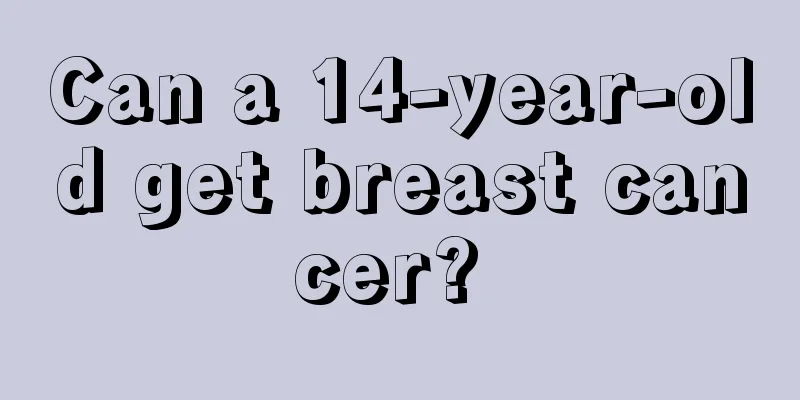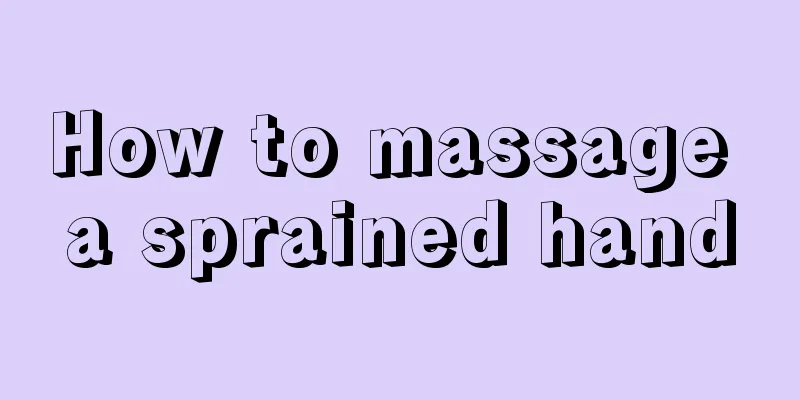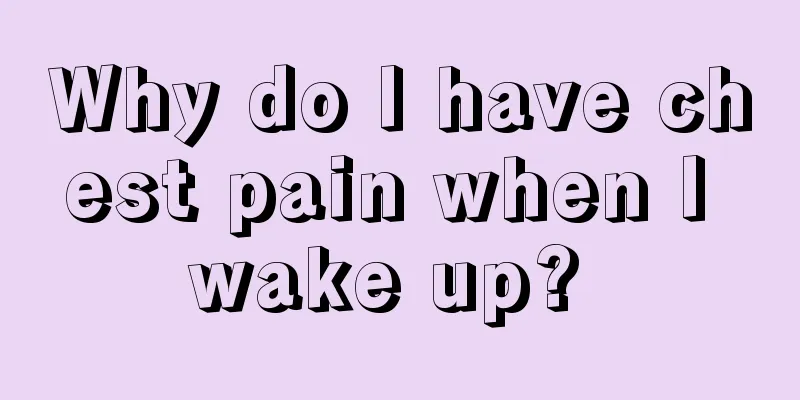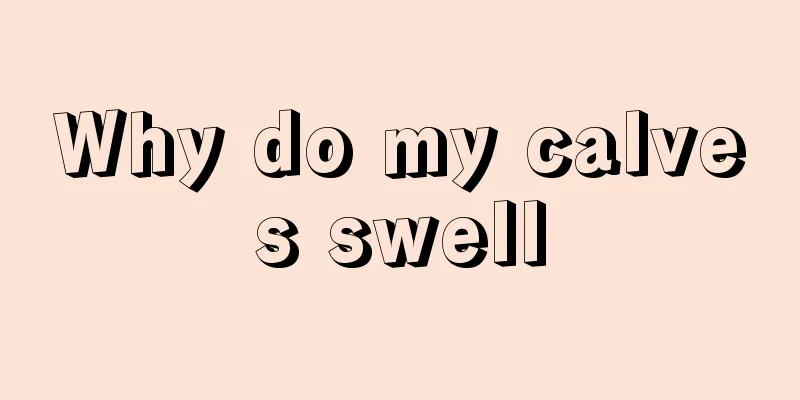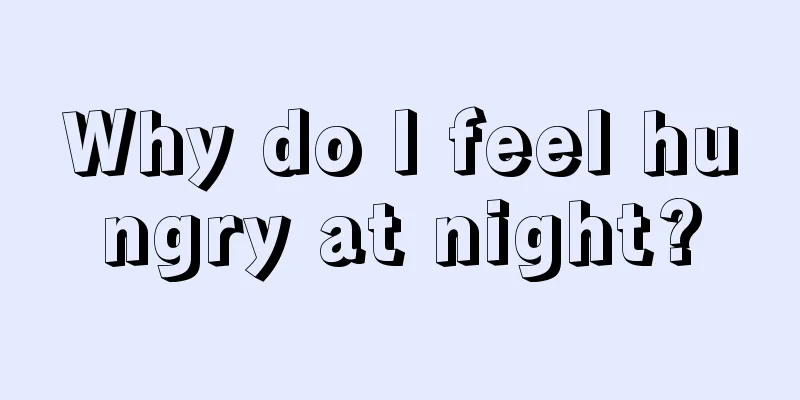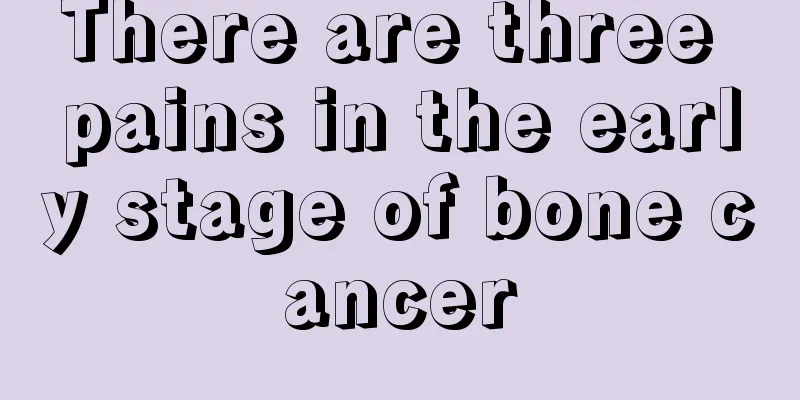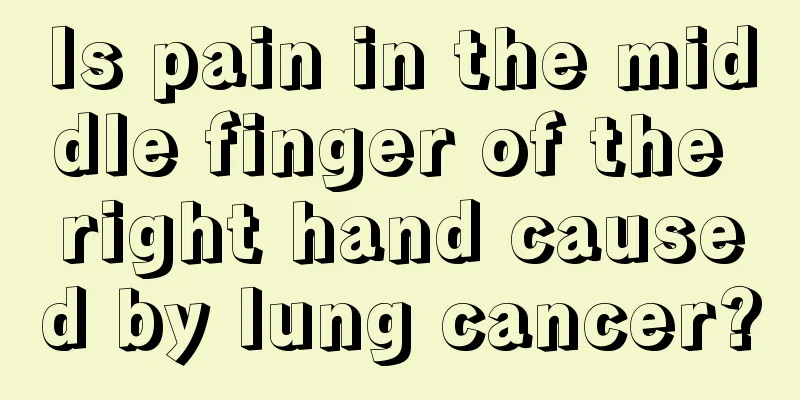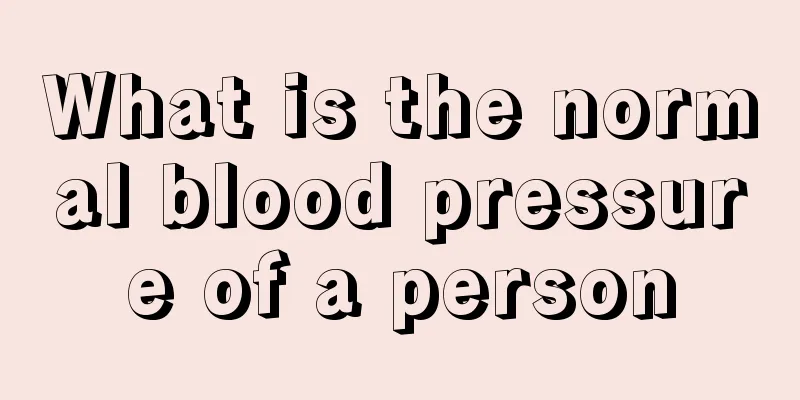What does hug reflection mean
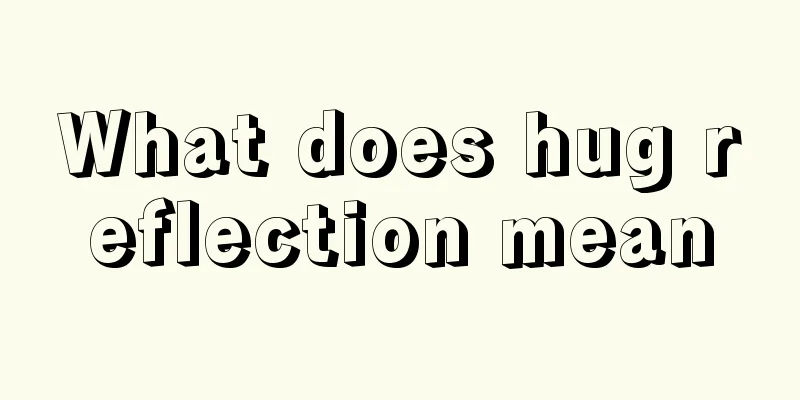
|
The hug reflex is a medical term and a common unconditioned reflex in infants. Generally speaking, infants can perform the hug reflex. If parents find that their children lack the ability to hug reflex, it is best to take the child to the hospital for examination as soon as possible to avoid neurological diseases, which will have a greater impact on the child's development. So, what exactly does it mean to embrace reflection? 1 Description Moro reflex is also known as the startle reflex. This reflex can be caused by hitting the mattress on both sides of the child's head. It is best to hold the child's head and back with your hands, so that he or she is in a sloped position with the trunk at a 30-degree angle to the bed. Then quickly tilt the head back 10 to 15 degrees to cause abduction of the upper and lower limbs, while straightening the trunk and fingers, and then flexing the upper limbs to present a hug. 2. Embrace the Reflex Phenomenon The hug reflex is an inherent reflex of the spinal cord and is an unconditioned reflex. The lack of this hug reflex means that the child's brain and nervous system are not fully developed, or there may be damage or lesions in the nervous system, intracranial hemorrhage or other intracranial diseases. It gradually disappears with the development of the higher centers of the cerebral cortex. This reflex becomes obvious 3 months after birth and disappears completely after 6 months. The absence of this reflex in the neonatal period indicates brain damage. If one upper limb lacks the startle reflex, it indicates brachial plexus paralysis or clavicle fracture due to birth injury or other reasons. When there is brain damage or acute disease, the startle reflex may be delayed or disappear. If it still occurs after 4 months, attention should be paid; if it still occurs after 9 months, it is a characteristic of chronic brain disease. Neurodevelopment is not just about looking at the hug reflex. It is mainly about looking at the history of suffocation and hypoxia, and observing the future neurodevelopment. There are also other physiological reflexes such as foraging reflex, sucking reflex, grasping reflex, crossed leg extension reflex, neck correction reflex and flexor muscle tone, etc. 3 Original Reflection Newborns are born with a variety of temporary primitive reflexes. The cuddle reflex is one of the primitive reflexes of newborns. The primitive reflexes commonly used in clinical practice are: ① rooting reflex; ② sucking reflex; ③ grasping reflex; ④ embracing reflex. 4. Embrace Reflection Place the newborn in a supine position, support the baby from the back, hold the baby's neck and back with one hand, and the pillow with the other hand. Then suddenly move the hand holding the pillow down a few centimeters (do not let go) so that the head and neck "tilt back" a few centimeters. Normally, both upper limbs are abducted and extended, the fingers are spread out, and then the upper limbs are flexed and retracted. Premature infants often have an incomplete response, that is, the upper limbs do not flex and retract. Under normal circumstances, the above reflexes disappear naturally a few months after birth. If these reflexes weaken or disappear in the neonatal period, or persist after several months, it often indicates a neurological disease. The maturity of the nervous system of premature infants is related to gestational age. The younger the gestational age, the more difficult it is to elicit primitive reflexes or the more incomplete the reflexes. 5 Reflection conditions If you place your finger in a newborn baby's flat position and place it in his little hand, he will immediately hold it tightly. At this time, you can easily pull the baby up and lift his upper body off the bed. Pull your fingers out of your baby's palm and the baby will fall onto his back. At this time, the baby will stretch his limbs greatly, and then immediately retract them, with his arms tightly hugging his chest, his calves curled up, and he will cry. This posture seems to be a self-protection, but also like a call for help. Babies may also show this reflex if you suddenly grab their feet or make a loud noise. |
<<: Acne reflexology area on the face
>>: What medicine is effective for a cold
Recommend
What causes sudden rash on the skin?
If there are rashes on the skin, it is usually ca...
What does liver cyst mean and how can it be treated?
Liver cysts are commonly known as liver cysts. Li...
Do you have symptoms of bipolar disorder?
Bipolar disorder is also known as manic depressio...
Eyelash shedding cycle
Eyelashes are a very critical part. They cannot b...
TCM treatment for advanced prostate cancer
The prostate is a male-specific sex gland organ. ...
How to have the most comfortable sex life?
When men and women have sex, the best state is th...
What causes anal pain
There are many reasons for anal swelling, the mos...
How much does thyroid cancer surgery cost approximately
How much does thyroid cancer surgery cost approxi...
What are the causes of primary liver cancer? The three most common causes of primary liver cancer
Primary liver cancer is one of the more terrible ...
How serious is the harm caused by testicular cancer
How serious is the harm caused by testicular canc...
How are ovarian tumors classified
The general term for ovarian swelling, enlargemen...
Will eating moldy food cause liver cancer? You should know these causes of liver cancer
Liver cancer is a highly malignant tumor disease ...
What are the symptoms of mediastinal hernia
Most people are not very familiar with mediastina...
Hemoglobin concentration is high
Hemoglobin is a protein responsible for carrying ...
Skin cancer is a heritable mutation
When skin cancer occurs, itching symptoms will oc...
